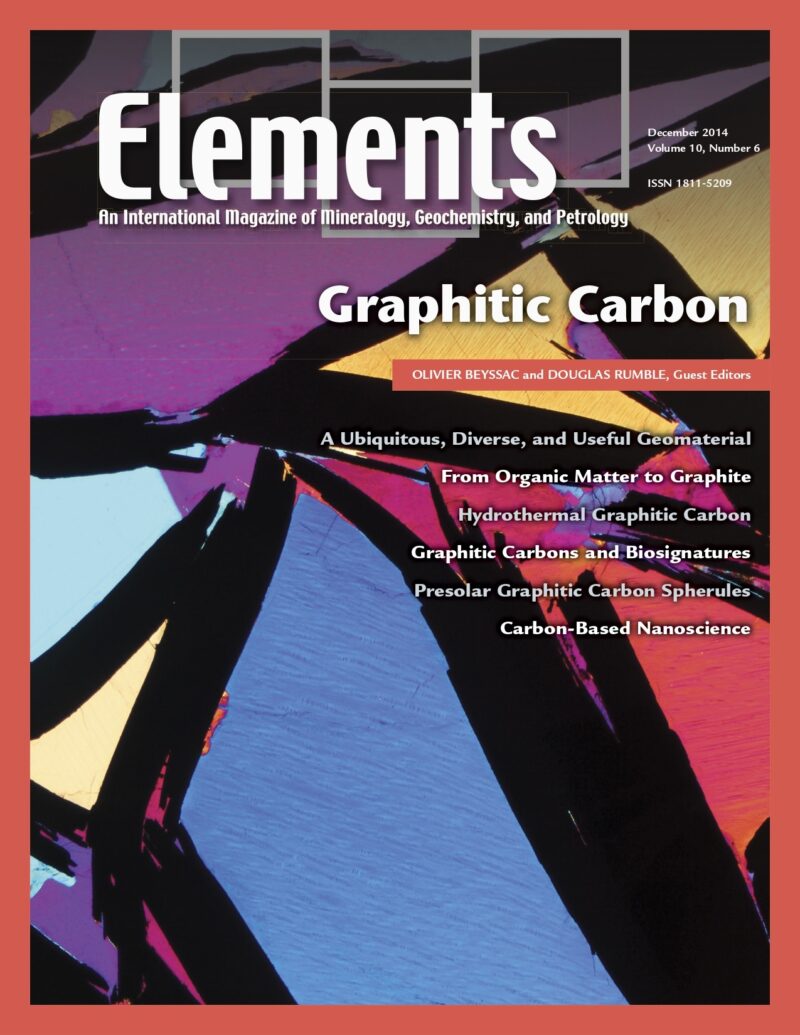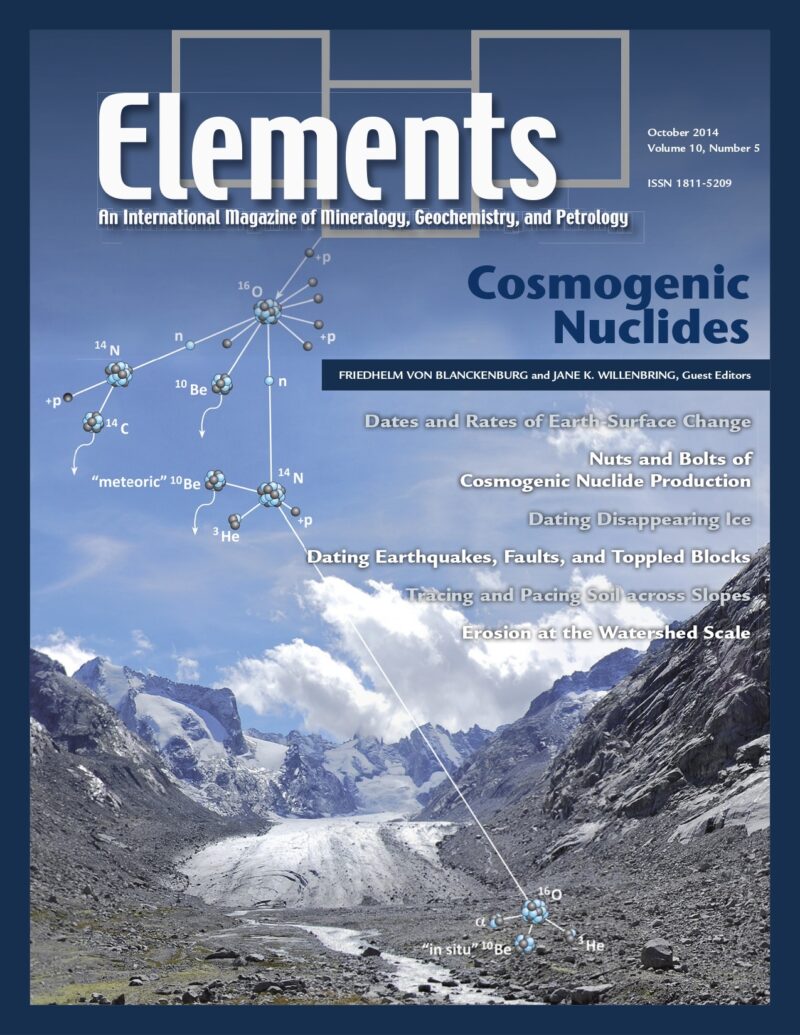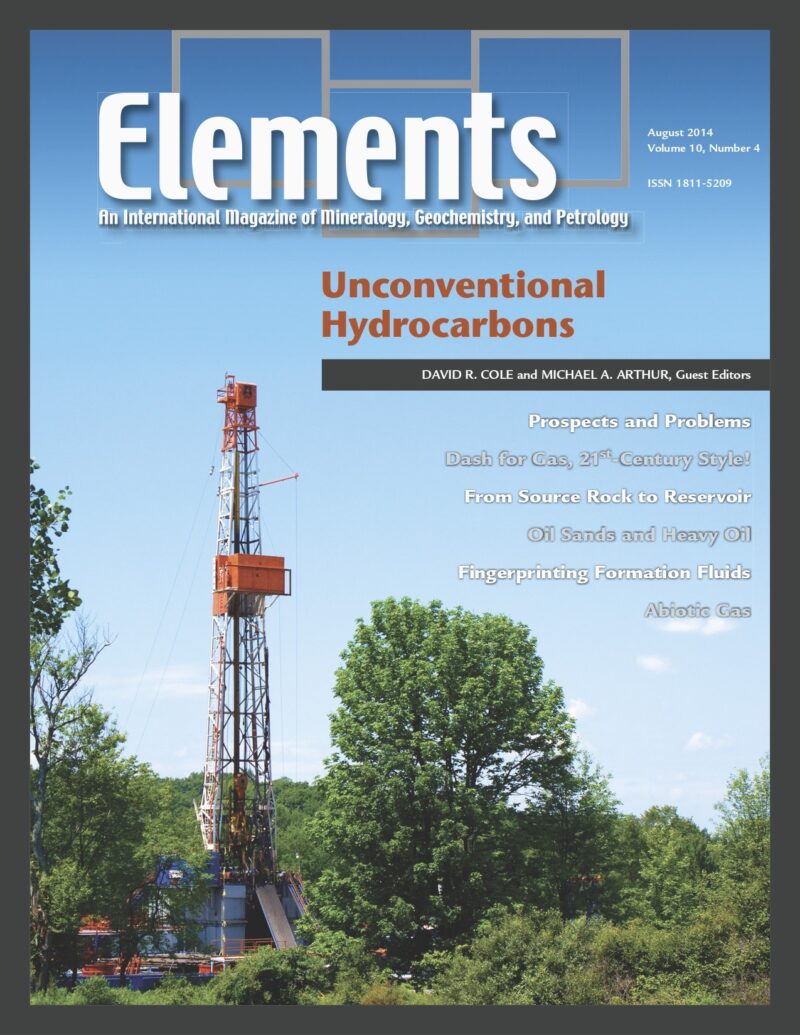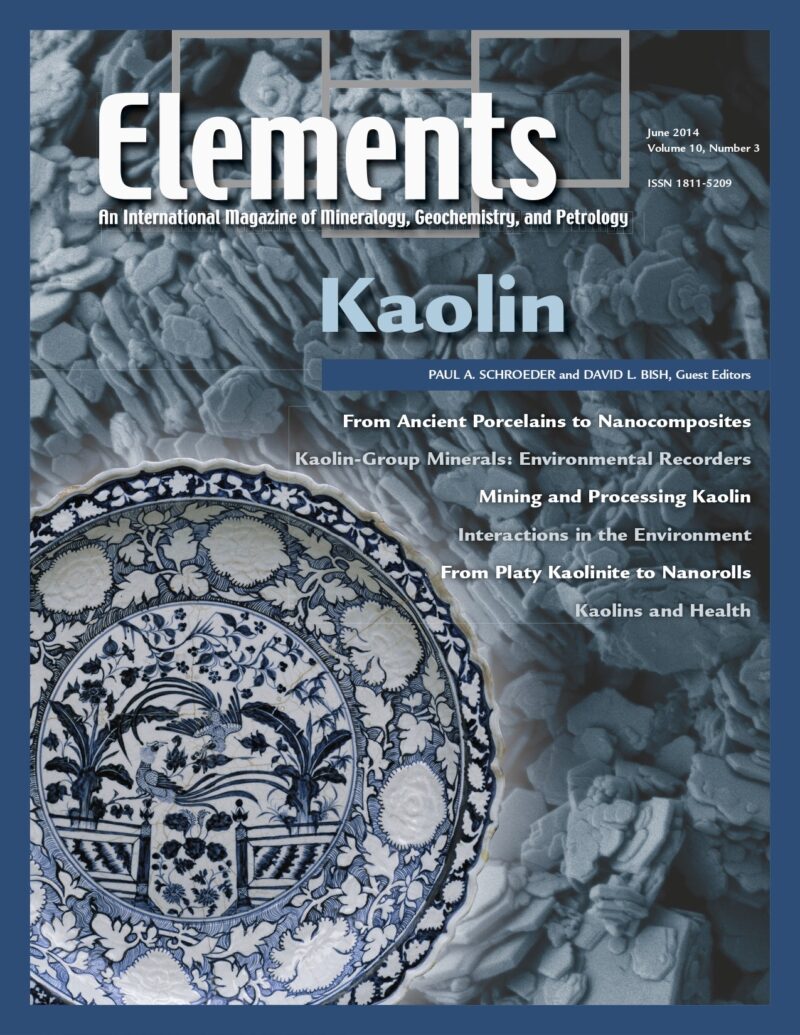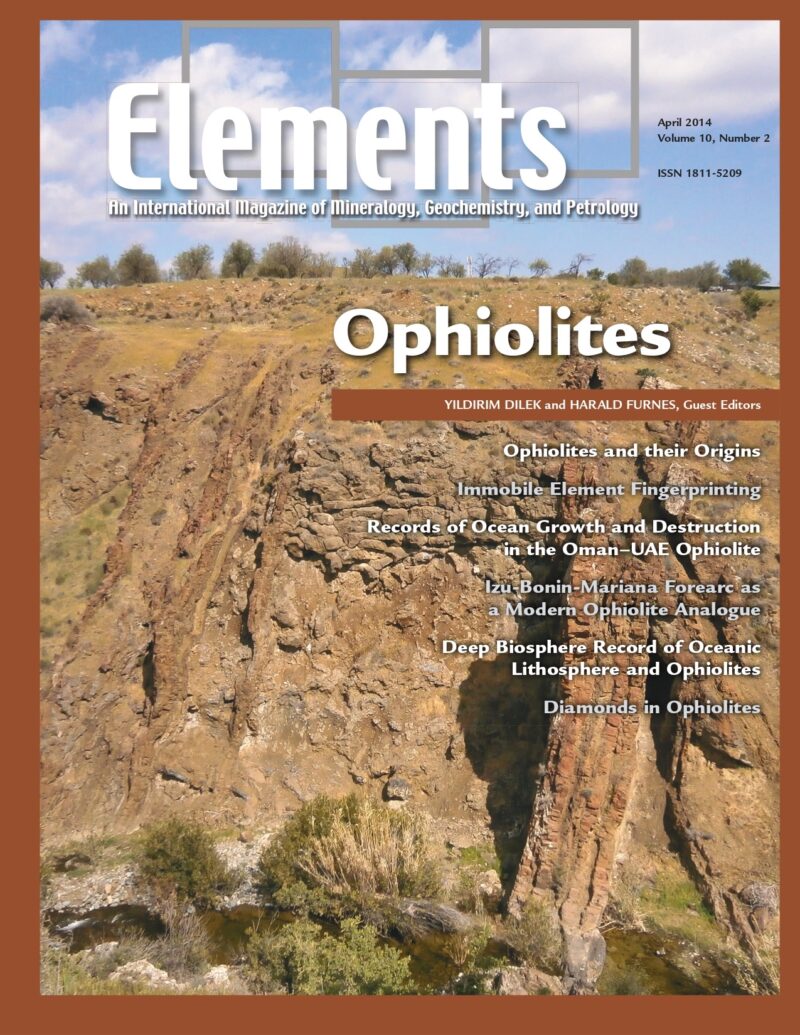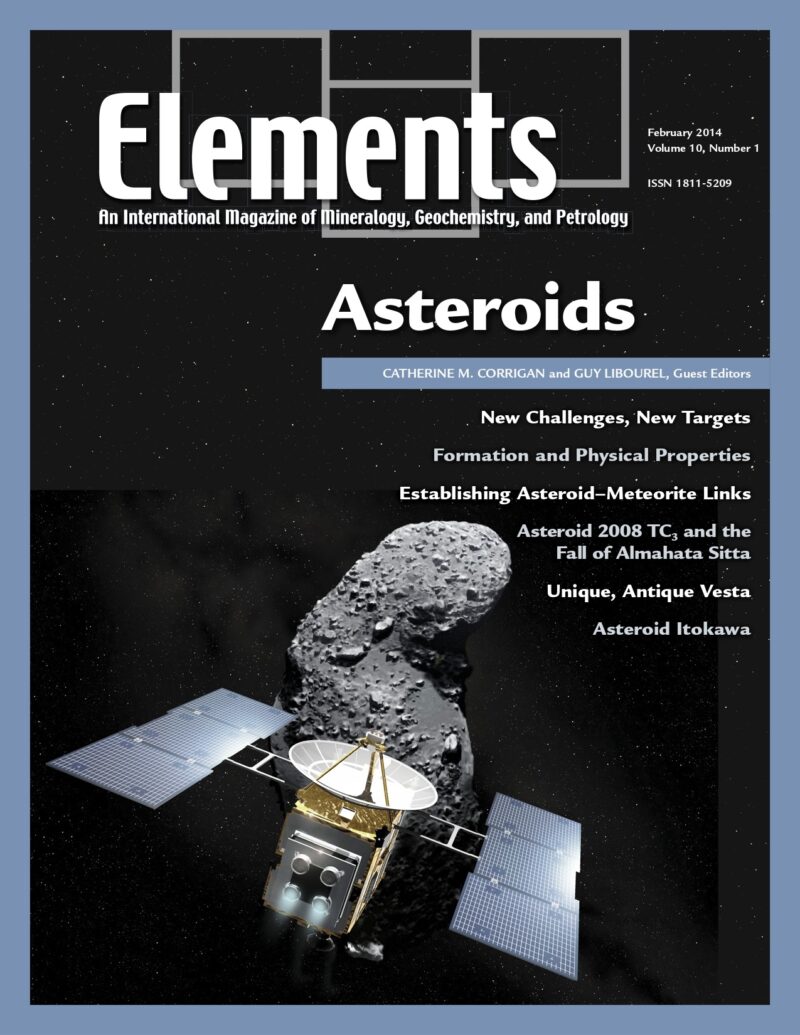-
Graphitic Carbon, December 2014, Vol. 10, No. 6
$20.00In natural systems, graphitic carbons are widespread and exhibit an infinite range of structure, from amorphous-like compounds (e.g.
-
Cosmogenic Nuclides, October 2014, Vol. 10, No. 5
$20.00The Earth’s surface is the thin, ever-changing layer on which we live. The geochemical study of cosmogenic nuclides is currently revolutionizing our understanding of the processes that shape this surface layer by providing their rates and dates.
-
Unconventional Hydrocarbons, August 2014, Vol. 10, No. 4
$20.00The realization that unconventional hydrocarbons, such as gas and oil shale, oil sands, and heavy oil, can now be exploited more effectively and economically has stimulated exploration and exploitation on a global scale. This has led to a new economic and environmental landscape in energy matters that we are only now starting to understand.
-
Kaolin, June 2014, Vol. 10, No. 3
$20.00Although bearing the simple name “kaolin,” this natural material has a variety of geologic origins and many industrial applications significant to society. Known as china clay, kaolin has a long history dating back to Kauling, China, and its first exploitation in the field of ceramics.
-
Ophiolites, April 2014, Vol. 10, No. 2
$20.00This thematic issue covers some of the most exciting advances in ophiolite science. Focus is directed toward ophiolite classification during the formation and destruction of ocean basins; the mineralogy, petrology, and isotope geochemistry of ophiolites; and the trace element behavior of crustal and upper-mantle units in ophiolites.
-
Asteroids, February 2014, Vol. 10, No. 1
$20.00Asteroids number in the millions. Orbiting the Sun between Mars and Jupiter, they are thought to be the shattered remnants of small bodies formed within the young Sun’s solar nebula and that never accreted large enough to become planets.

